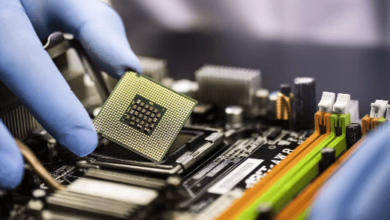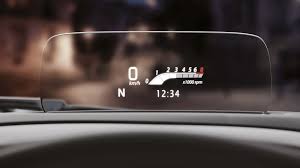Understanding Naked Eye 3D Technology: How It Works, Applications, and Benefits

Naked eye 3D technology has revolutionized visual experiences by enabling stereoscopic depth perception without the need for special glasses. This article explores how naked eye 3d works, its applications across different industries, and the benefits it offers.
Introduction to Naked Eye 3D Technology
Naked eye 3D technology, also known as glasses-free 3D or auto-stereoscopic 3D, allows viewers to perceive depth and dimensionality in images or videos without wearing special glasses. This technology enhances visual immersion and engagement in various applications.
How Naked Eye 3D Works
Naked eye 3D technology utilizes specialized display panels that project different images or perspectives to each eye, mimicking the natural depth perception of human vision. Techniques such as lenticular lenses, parallax barriers, or volumetric displays are employed to achieve this effect.
Naked eye 3D technology represents a significant advancement in display systems, enabling viewers to experience immersive three-dimensional visuals without the need for specialized glasses. This innovative approach is gaining popularity in various fields, from advertising to entertainment, due to its ability to captivate and engage audiences more effectively than traditional displays. A naked eye 3D display works by utilizing advanced optics and rendering techniques to create the illusion of depth and dimensionality. This is achieved through precise control of light and color, often involving a combination of lenticular lenses or parallax barriers that direct different images to each eye, creating a stereoscopic effect.
Read also: Empowering Small Businesses with the Monport Metal Engraving Machine
Applications of Naked Eye 3D
1. Advertising and Digital Signage
Naked eye 3D displays are used in retail environments, airports, and shopping malls to attract attention with vivid, immersive advertisements and promotional content.
2. Gaming and Entertainment
In gaming consoles, amusement parks, and theaters, naked eye 3D enhances gameplay experiences and movie screenings by providing lifelike visual effects and depth perception.
3. Medical Imaging
In medical diagnostics and training simulations, naked eye 3D technology aids in visualizing complex anatomical structures with enhanced depth and detail.
4. Education and Training
In classrooms and professional training environments, naked eye 3D displays facilitate interactive learning experiences with realistic visualizations of educational content.
5. Automotive Displays
In vehicle dashboards and heads-up displays (HUDs), naked eye 3D technology enhances driver information and navigation with clear, depth-enhanced visuals.
Benefits of Naked Eye 3D
1. Enhanced Visual Experience
Naked eye 3D provides a more immersive and realistic viewing experience compared to traditional 2D displays.
2. No Need for Glasses
Users can enjoy stereoscopic depth perception without the inconvenience of wearing special glasses, making it more accessible and user-friendly.
3. Versatility and Adaptability
Naked eye 3D technology can be adapted to various screen sizes and applications, offering flexibility in design and implementation.
4. Increased Engagement and Attention
The depth and realism of naked eye 3D visuals capture viewer attention effectively, making content more engaging and memorable.
Conclusion
Naked eye 3D technology offers compelling advantages across advertising, entertainment, education, healthcare, and automotive industries by providing immersive, glasses-free stereoscopic experiences. As technology continues to evolve, naked eye 3D displays are poised to transform how we perceive and interact with visual content in everyday life.





